In the footsteps of the impressionist master at the Riviera resort of Bordighera, follow the Monet.
The French painter Claude Monet spent one winter – the early part of 1884 – in the Italian town of Bordighera, having been introduced to this part of the Riviera by his friend Renoir the year before.
Monet was 43 at the time, already an accomplished artist with some “signature” paintings under his belt, but by no means the international superstar of his later years and still working to evolve his “mature” style.
Read also: Border to Bordighera
His financial affairs, too, were largely unsettled – he had already moved to Giverny, but only as a tenant, and would still have to work hard for another five years before he had the funds to buy the house for himself and his large patchwork family.
Most of the townscapes and landscapes that provided the motives for the great impressionist painters can be easily identified in today’s modern world, and although this is generally true for Monet’s works as well (Saint Lazare train station, Rouen Cathedral), it is not the case for Bordighera. This is mainly due to two reasons.
Firstly, Monet appeared to be less interested in the specifics of Bordighera and more in a Platonic ideal of “the south” – intense sunlight, lush vegetation, exotic plants. (For Monet – a child of the North, born in Paris and raised in Normandy – the experience of this “other world” was an important step towards the development of his mature style. His Bordighera paintings appear to have more in common with his famous later works – Rouen Cathedral, the Giverny gardens – than with anything that he had painted up to that date.)
Read also: A Perfect Winter Walk
And secondly, because Monet’s painterly interests focused on the gardens of Francesco Moreno. These gardens – internationally famous during Monet’s time – no longer exist. Moreno was a rich citrus fruit merchant, and when he lost all his money – briefly after Monet’s visit, as it happens – the land was used to build an entire new town of shops and residential homes. Nearly all of modern Bordighera, except for the Old Town, was built on what was once Moreno’s land.
Follow the Monet
To retrace Monet’s steps, walk straight from Bordighera train station into Corso Italia – crossing Via Vittorio Emmanuelle II – until you reach Via Romana, already flanked by many sumptuous villas in Monet’s time (although it was just a dirt road then). The road has preserved much of its ancient grandeur and tranquility …
… and some of the buildings – including the Villa Etelinda, formerly Villa Bischoffsheim – actually feature in Monet’s paintings.
The actual Moreno gardens would have started on your right hand side, turning right into Via Romana in the direction of the Old Town, and the municipal administration has actually erected a sign (and a reproduction) to mark one particularly recognizable spot.
To your right, on the slope overlooking the sea, you will pass Villa Palmizi (on 5 Via Romana), a school in whose back garden there are still some buildings from the old Moreno villa where Monet was a frequent guest.
Climb up the stairway on your left into the Old Town …
… which rarely features in the paintings as such and is generally only used by Monet to provide a background for his Mediterranean landscapes. Still, it is well worth a look …
… not least because it leads you to the Sentiere del Beodo, where Monet habitually began his search for Mediterranean motives on out-of-town excursions into the Sasso valley and to the eponymous hilltop village.
When you come back, return to town by taking a left turn into Via dei Colli and another, even sharper left into Via Garnier where, on no. 11, you can find the Villa Garnier …
… which is featured in more Monet-at-Bordighera paintings than any other building, even though you may not recognise it since all you ever see on the canvas is a wall here and a column there.
The villa is named after its owner and architect Charles Garnier, the builder of the Paris Opera and the casino at Monte Carlo. He was an artist in his own right – perhaps a lesser one than Monet, but one who left a far deeper mark on the city (many of Bordighera’s buildings are his, including the City Hall and the Church of the Immaculate Conception, which you will find on Via Vittorio Emmanuelle II on your way back to the station).
Unlike Monet, Charles Garnier did not spend a mere three months here but most of his life, long enough, tragically, to bury his two beloved sons in the local cemetery. There would be much more physical evidence in Bordighera to construct a Garnier walk, that’s for sure.
But if you have a bigger fish to fry, the motto is simple: just follow the Monet. It has worked before, after all, so why shouldn’t it work for you?


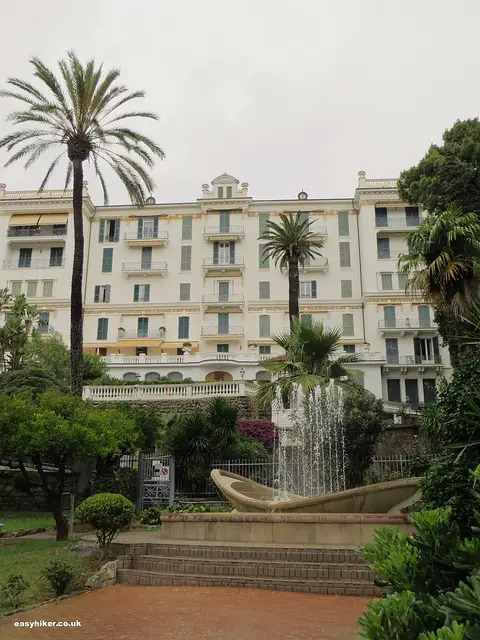
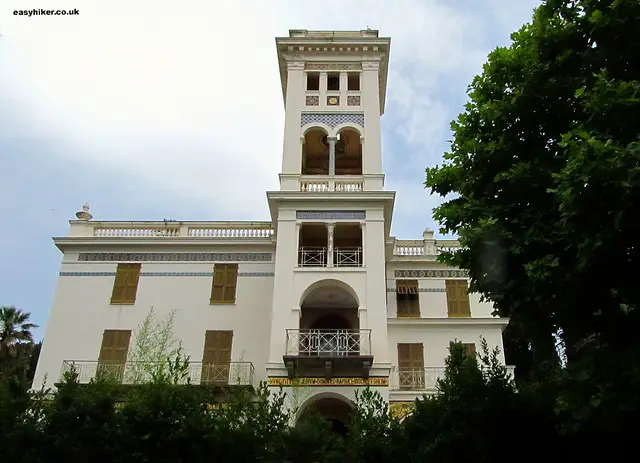
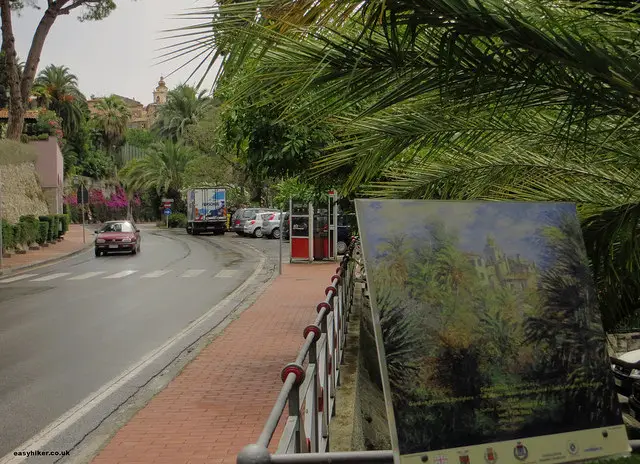
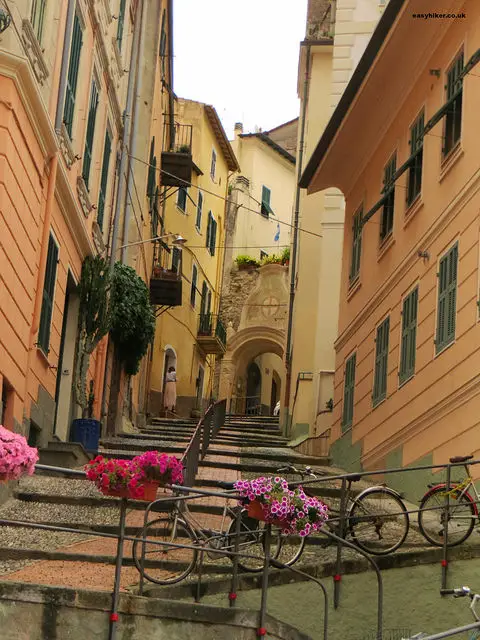
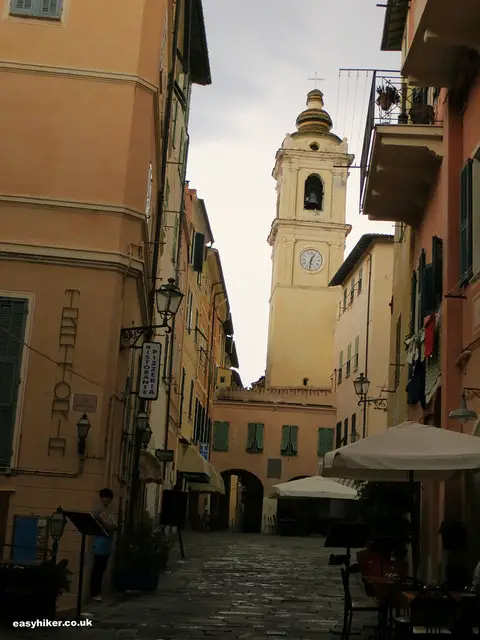

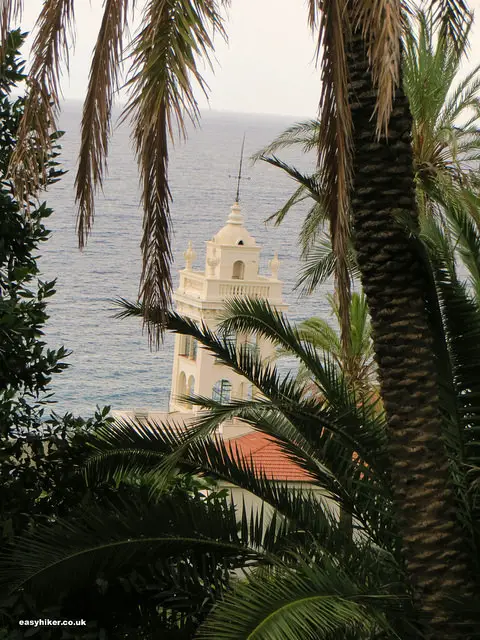

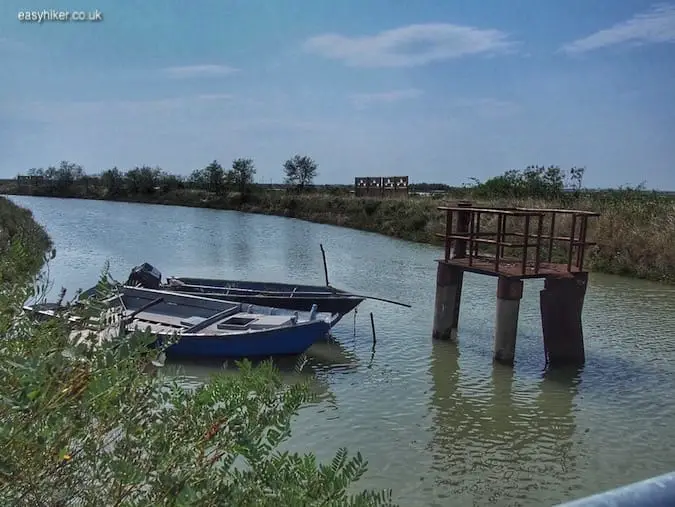
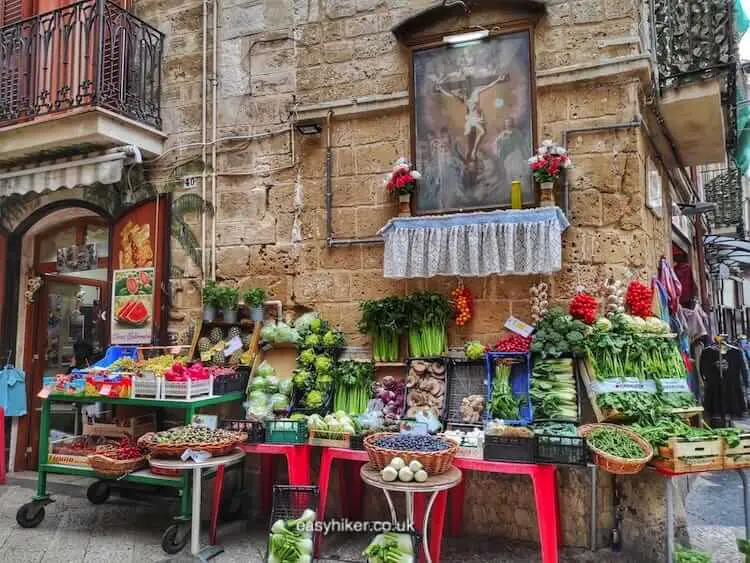

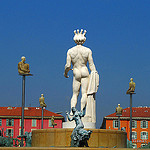
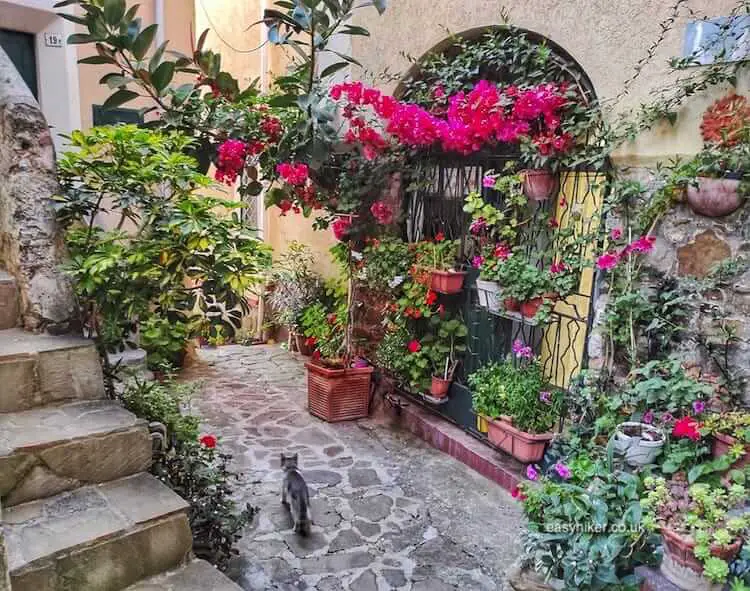
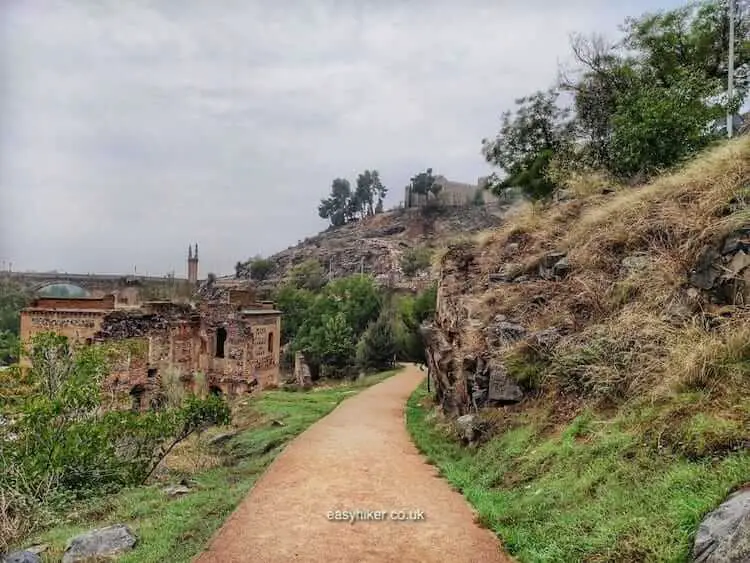
Thanks for your interest, Anna. However, we do not offer guided walks. We write about our hikes and walks in such a way that we hope we cold help the readers to follow our routes by themselves. There are, I’m sure, people who can offer these guided walks and I’m sure the office of tourism of Bordighera can help you out. Cheers!
I would love to get in touch with you. If you still do guided walks, I am very interested since I live in Liguria and often have visitors who want to know more about Monet.
You’re one of many, Marcia. His fans flock to France too and they certainly flock to the Italian Riviera too.
Definitely one of my favorite artists. Love his light and sensitive brush strokes. Thanks for taking us on this delightful walk.
Monet fans would indeed love it here, Mary.
I always enjoy your themed walks and I love this one. I’m a Monet fan and it’s such a beautiful place. That Old Town is a perfect place for a stroll.
You will certainly love Bordighera and its seaside too.
We loved visiting Monet’s house and gardens in Giverny in France. He seems to have picked some sweet places to visit and live. So no doubt we’ve love Bordighera too :-).
Jeff, it is always fun retracing the footsteps of famous people in any place, seeing what has inspired and interested them, and in the process getting us inspired as well to try to “get into the heads” of these famous people while there were in that same town.
You would certainly enjoy it, Lisa.
Monet is my favourite artist – I would love to do this walking tour!!
Oh how I would love to do a walk like this … retrace the footsteps of an artist and see the settings that inspired him. Love the fact that the municipal administration installed the painting in probably the same location Monet sat to paint that gorgeous vista! As a HUGE fan of Monet, I would absolutely love to take this walk!
Love themed walks! Always very interesting to visit a place and think about who was there before you. Thanks for sharing this!
At least find the places that inspired him.
I’m a huge fan of Monet and the Monet Museum in the 16th was always my favourite in Paris. I love that you’re able to follow his work through this walk. Very cool idea!
WoW what a beautiful and interesting themed walk, great photos including the ones from the paintings